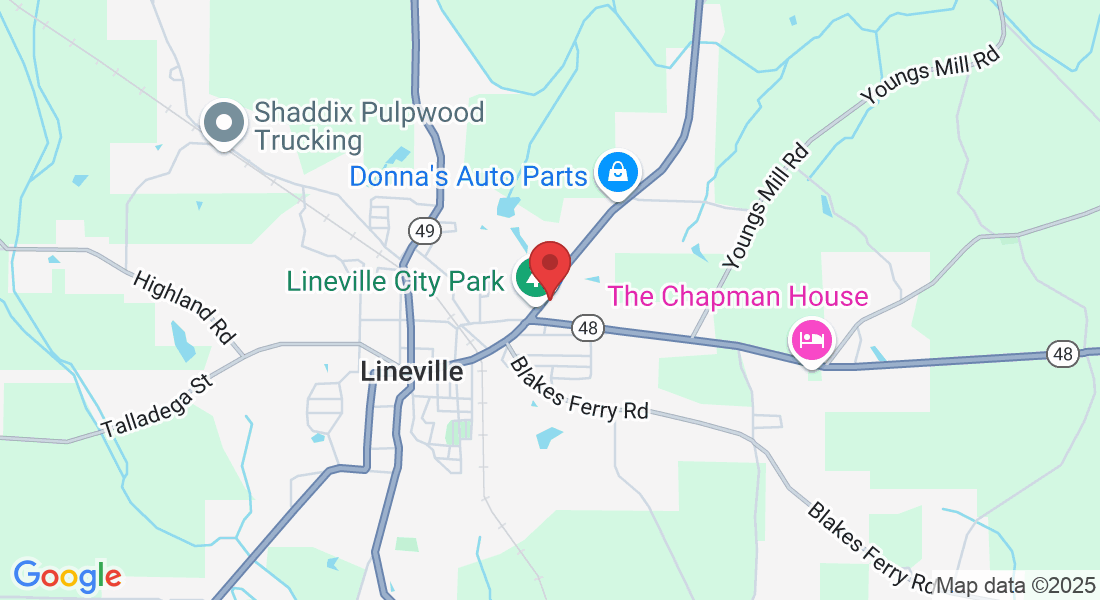Premium Tires for Optimal Road Performance
At our tire shop, we offer top-quality tires that are designed to enhance your vehicle's performance on the road. Whether you need tires for all-season driving, off-roading adventures, or high-performance vehicles, we have a wide range of options to suit your needs. Our premium tires provide superior traction, durability, and safety, so you can drive with confidence in any weather condition.
About Us
We believe that safety on the road should be accessible to everyone. That's why we offer a wide range of tires to fit every budget. You don't have to compromise on quality to save money. We have cost-effective tire options that still provide reliability and performance, ensuring that you get the best value for your money.
We understand that your time is valuable. That's why we offer fast and convenient tire installation services. Our experienced technicians will have you back on the road in no time, ensuring that your tires are properly mounted, balanced, and aligned for a smooth and safe ride.
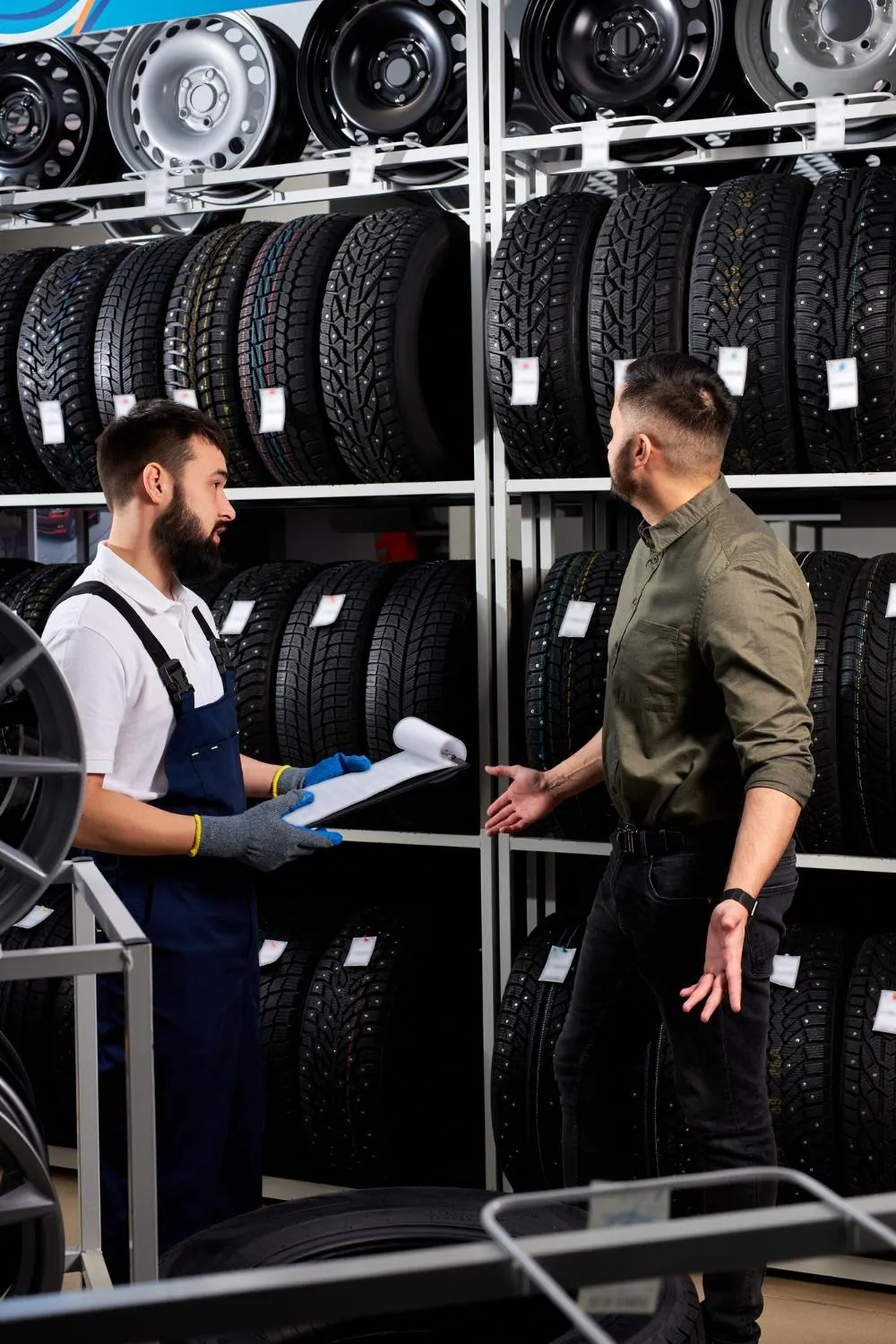

About Us
We believe that safety on the road should be accessible to everyone. That's why we offer a wide range of tires to fit every budget. You don't have to compromise on quality to save money. We have cost-effective tire options that still provide reliability and performance, ensuring that you get the best value for your money.
We understand that your time is valuable. That's why we offer fast and convenient tire installation services. Our experienced technicians will have you back on the road in no time, ensuring that your tires are properly mounted, balanced, and aligned for a smooth and safe ride.
Service
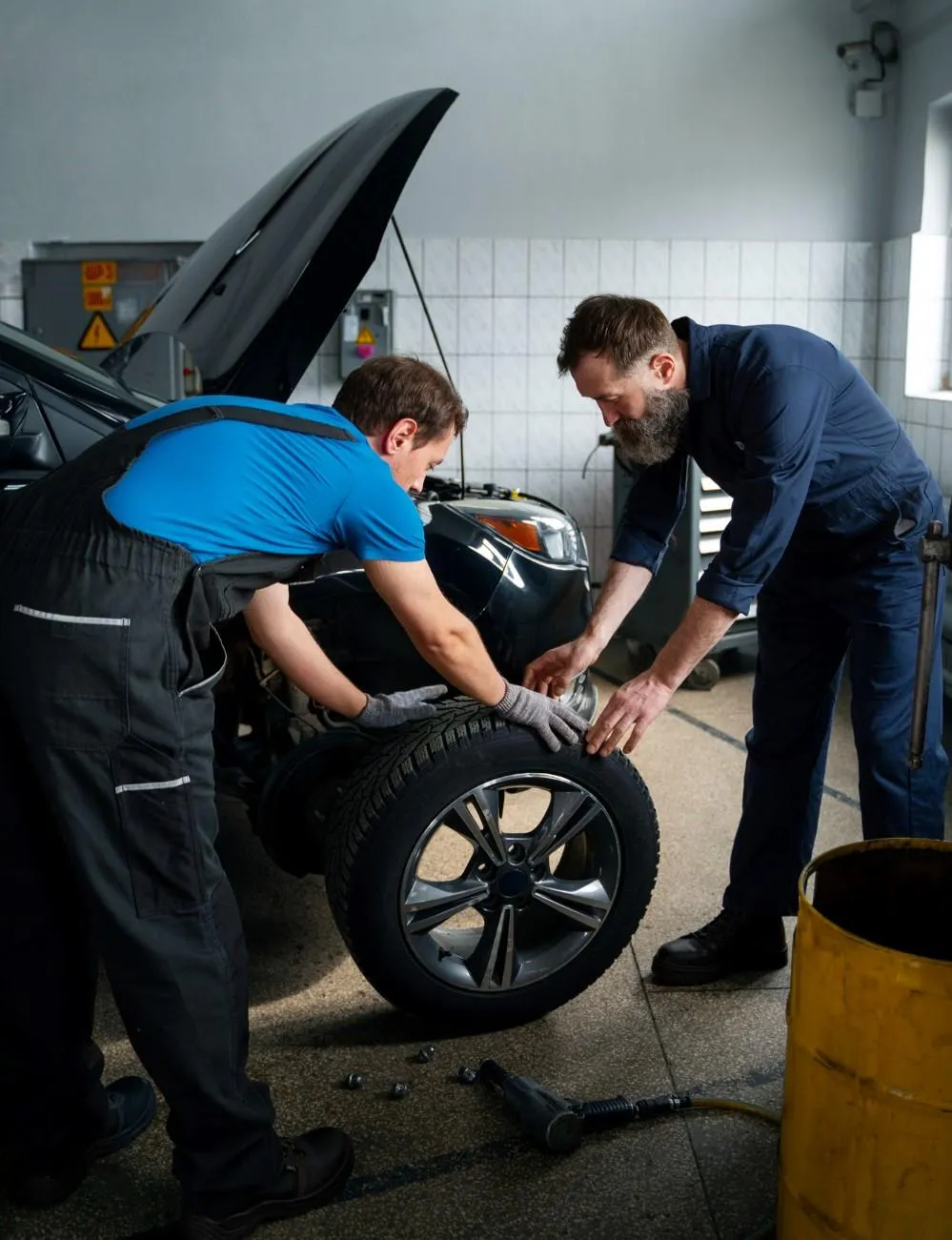
Tire Installation,
Emphasize your tire installation services. Explain the importance of proper installation for safety and performance. Mention any specialized equipment or techniques your technicians use to ensure a secure fit.
Services
Tire Installation
Emphasize your tire installation services. Explain the importance of proper installation for safety and performance. Mention any specialized equipment or techniques your technicians use to ensure a secure fit.

Tire Repair
Founded with a passion for empowering women through style, our journey began with a vision to curate a collection that caters to diverse tastes, sizes, and aspirations. With an unwavering commitment to quality, craftsmanship, and sustainability.
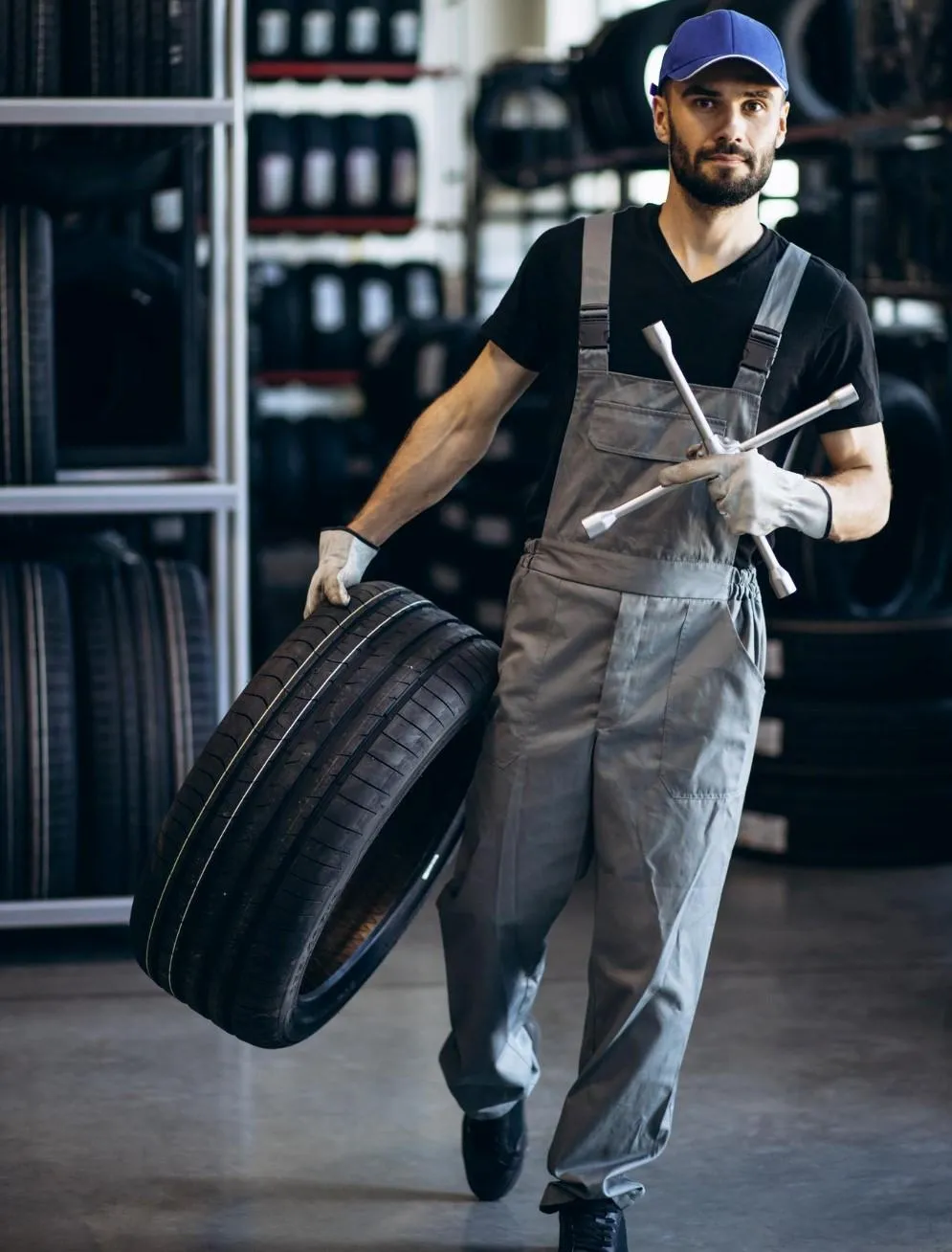

Tire Repair,
Founded with a passion for empowering women through style, our journey began with a vision to curate a collection that caters to diverse tastes, sizes, and aspirations. With an unwavering commitment to quality, craftsmanship, and sustainability.
Tire Rotation and Balancing
Highlight the importance of regular tire maintenance, such as tire rotation and balancing. Describe how these services help extend tire life, improve fuel efficiency, and ensure even tread wear.
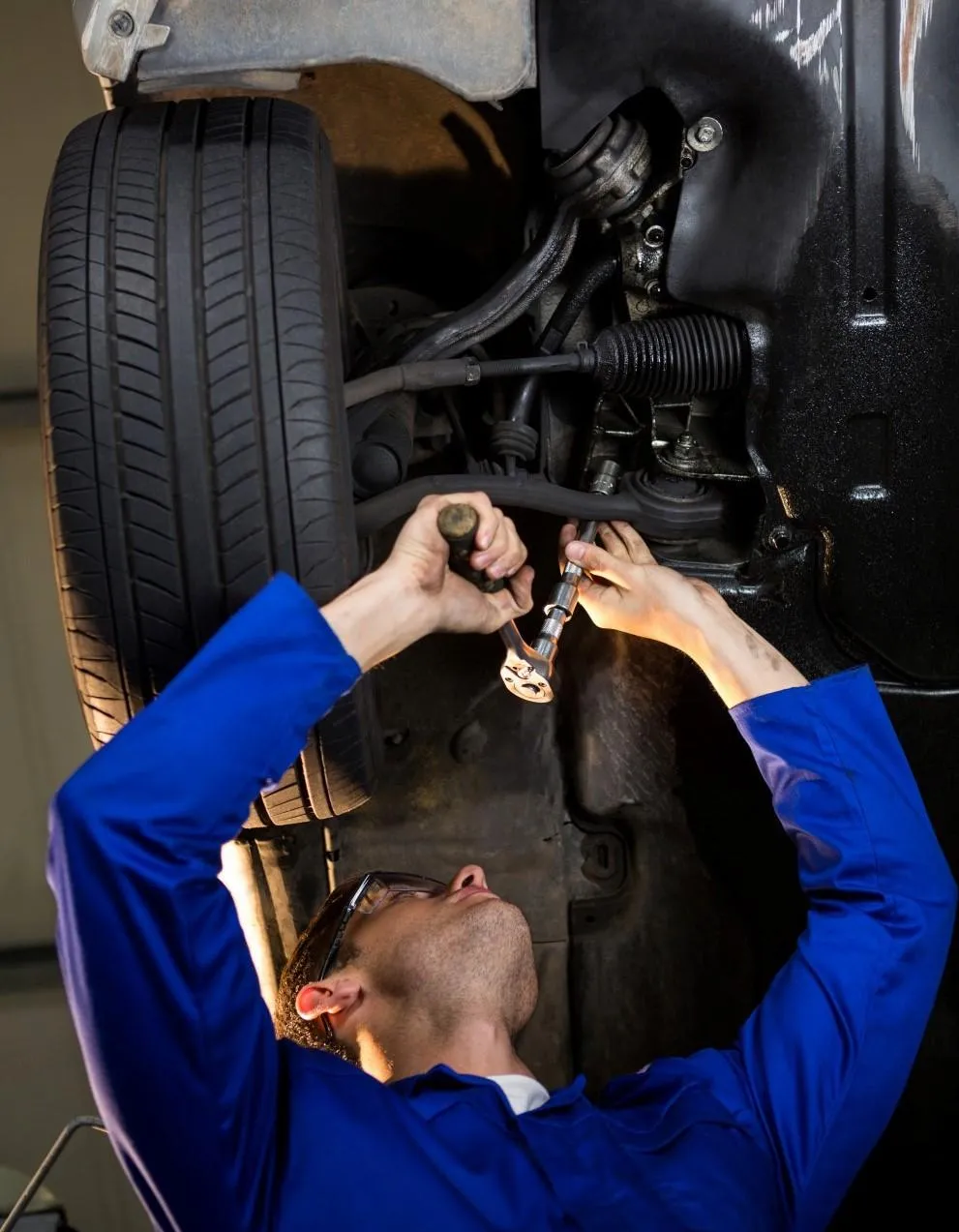

Tire Rotation and Balancing
Highlight the importance of regular tire maintenance, such as tire rotation and balancing. Describe how these services help extend tire life, improve fuel efficiency, and ensure even tread wear.
Wheel Alignment
Promote your wheel alignment services, including both two-wheel and four-wheel alignment options. Explain how proper alignment can enhance vehicle handling, extend tire life, and improve fuel efficiency.


Wheel Alignment
Promote your wheel alignment services, including both two-wheel and four-wheel alignment options. Explain how proper alignment can enhance vehicle handling, extend tire life, and improve fuel efficiency.
FAQS
What is the recommended tire maintenance schedule?
Regular tire maintenance is essential to ensure safety and prolong tire life. We recommend the following schedule:
Tire Rotation: Every 6,000 to 8,000 miles or as recommended by your vehicle's manufacturer. This ensures even tire wear.
Tire Pressure Check: At least once a month and before long trips.
Correct tire pressure helps optimize fuel efficiency and handling.
Wheel Alignment: Whenever you experience steering issues or uneven tire wear. Proper alignment ensures straight tracking and even tire wear.
Tire Inspection: Regularly inspect your tires for cuts, bulges, or other signs of damage. Replace damaged tires promptly.
How do I know when it's time to replace my tires?
Knowing when to replace your tires is crucial for safety. Look for these signs:
Tread Depth: Use a tread depth gauge to measure tread depth. If it's below 2/32 of an inch, it's time to replace.
Uneven Wear: If you notice uneven wear patterns, such as one side wearing faster than the other, it's a sign of alignment or suspension issues.
Cracks or Bulges: Inspect the sidewalls for cracks or bulges, which can indicate tire damage or aging.
Age: Even if they have sufficient tread, tires older than six years may start to degrade and should be replaced.
Can I mix different tire brands and types on my vehicle?
It's generally not recommended to mix tire brands and types, but there are some guidelines to consider:
Tire Types: Avoid mixing different tire types (e.g., all-season, winter, summer) on the same axle, as it can affect handling and traction.
Tire Size: Try to maintain the same tire size on all four wheels to ensure balanced handling and performance.
Tire Tread: If you must mix, ensure that the tires have similar tread depths to prevent uneven wear and handling issues.

I highly recommend this shop to anyone in need of quality tires and expert advice!
Ryan Seals
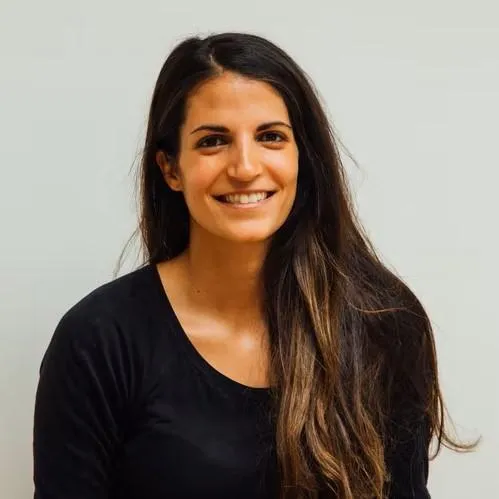
I was so impressed with their service that I've since become a loyal customer for all my tire needs.
JANE DOE

© Copyright 2025. Highway 9 Tire. All Rights Reserved.
